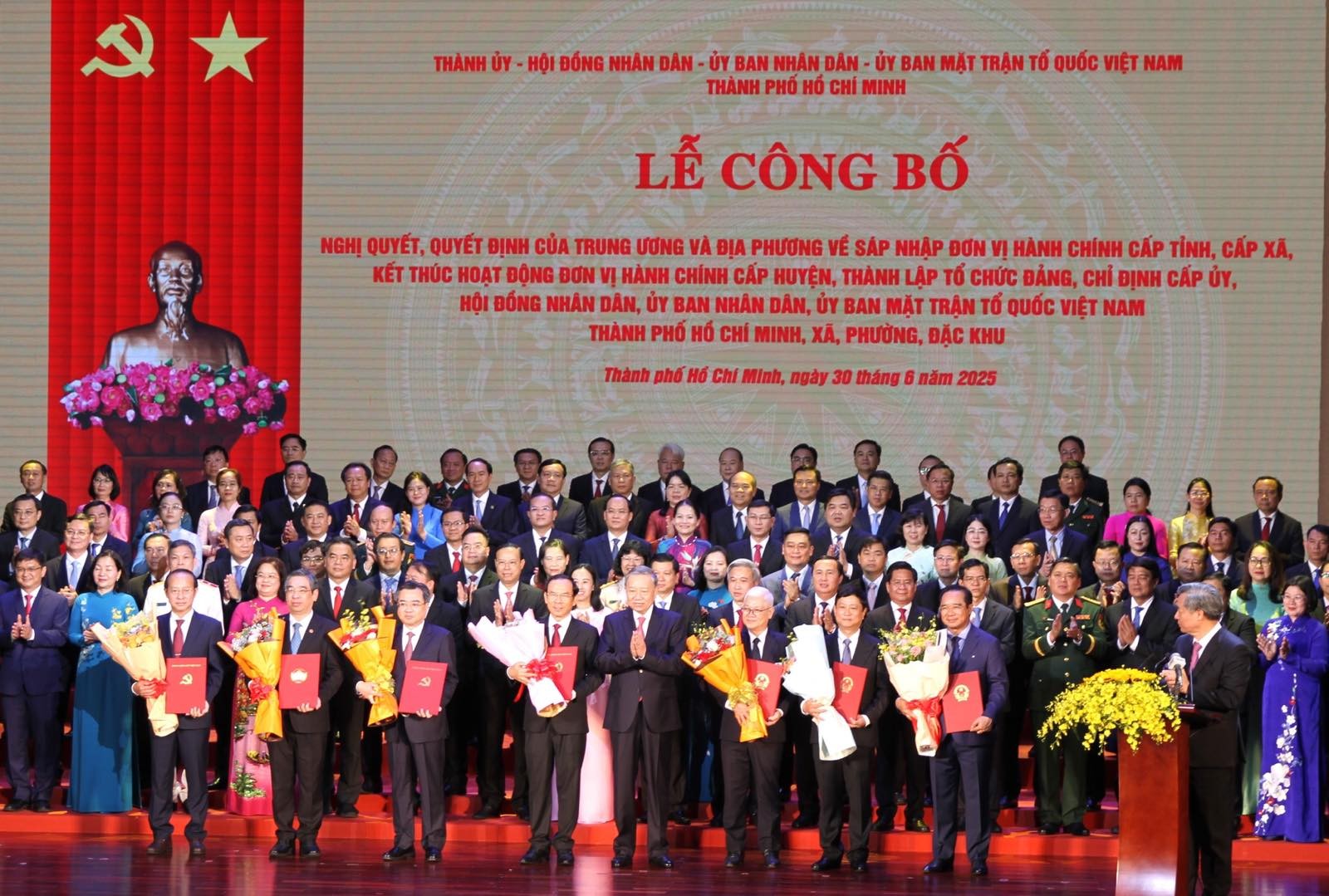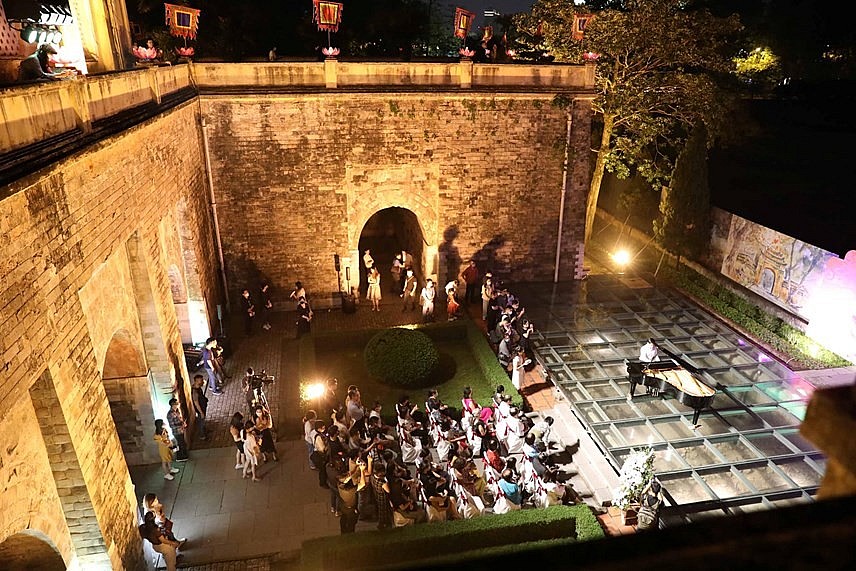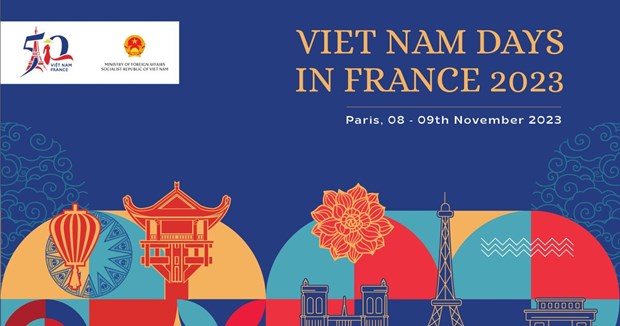Throughout the two-decade journey, the authorities of the central province of Thua Thien – Hue, which houses the ancient imperial city of Hue, and those involved in cultural activities, especially Nha Nhac artists and musicians, have tirelessly worked to preserve and promote the heritage.

Nha Nhac refers to a broad range of musical and dance styles performed at the Vietnamese Royal Court from the 15th to the mid-20th century. (Photo: baovanhoa.vn)
*A heritage journey
Compared to Ca Tru – a complex form of sung poetry found in the north which originated from the folk culture and then found its way into the royal court, Nha Nhac has a reverse history of formation and development. UNESCO has recognised that among the numerous musical genres that developed in Vietnam, only Nha Nhac can claim a nationwide scope and strong links with the traditions of other East Asian countries.
According to researchers, royal court music was introduced with the establishment of the monarchy in Vietnam. From the Ly Dynasty (1010-1225), it was introduced and developed through the Tran Dynasty (1225-1400), Ho Dynasty (1400-1407), Tay Son Dynasty (1889-1801) and reached its peak growth in the Nguyen Dynasty (1802–1945) – Vietnam’s last feudal dynasty.
As a symbol of the dynasty’s power and longevity, Nha Nhac became an essential part of the court’s many ceremonies. However, its role was not limited to musical accompaniment for court rituals: it also provided a means of communicating with and paying tribute to the gods and kings as well as transmitting knowledge about nature and the universe.

(Photo: VNA)
The events that shook Vietnam in the twentieth century – especially the fall of the monarchy and the decades of war – seriously threatened the survival of Nha Nhac. Deprived of its court context, this musical tradition lost its original function. Nevertheless, the few surviving former court musicians continue to work to keep the tradition alive. Certain forms of Nha Nhac have been maintained in popular rituals and religious ceremonies and serve as a source of inspiration for contemporary Vietnamese music.
Since 1992, the conservation of Nha Nhac has begun, helping the art gradually become known worldwide. Late musical professor Tran Van Khe made significant contributions to its submission to UNESCO for recognition as an intangible heritage of humanity.
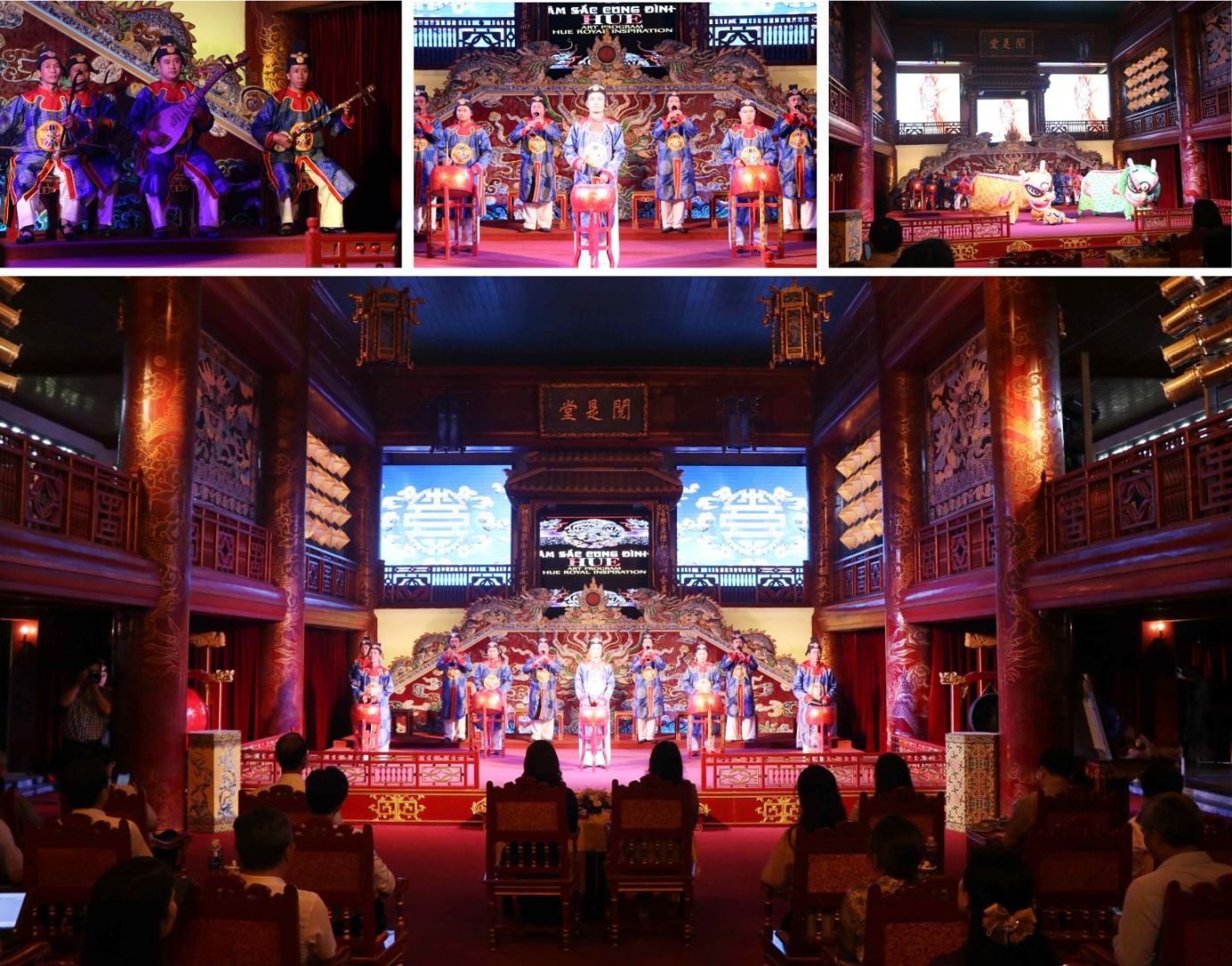
Nha Nhac performed at Duyet Thi Duong Theatre, Hue Imperial Citadel. (Photo: VNA)
On November 7, 2003, the heritage obtained the UNESCO accreditation in the category, later referred to as the Representative List of the Intangible Cultural Heritage of Humanity from 2008 onward. The event marked the first intangible heritage recognition for Vietnam on the global stage. Subsequently, the country initiated a national action plan to preserve, restore, and promote the value of this musical genre.

Vietnam has initiated a national action plan to preserve, restore, and promote the value of Nha Nhac (Photo: VNA).
Flourishing traditional music
Nowadays, Nha Nhac is no longer performed on the grand scale it occupied during the reign of the Nguyen emperors. However, the young generation of artists at the Theatre of Hue Traditional and Royal Art continue to preserve this form of music as part of local cultural festivals and religious ceremonies, while also taking it on tours around the world.
Over the past two decades, researchers at the theatre and the Hue Monuments Conservation Centre have gathered materials related to the court music from both within and outside the country. They have also met with elderly artists once involved in the performances to reconstruct complete dance routines.
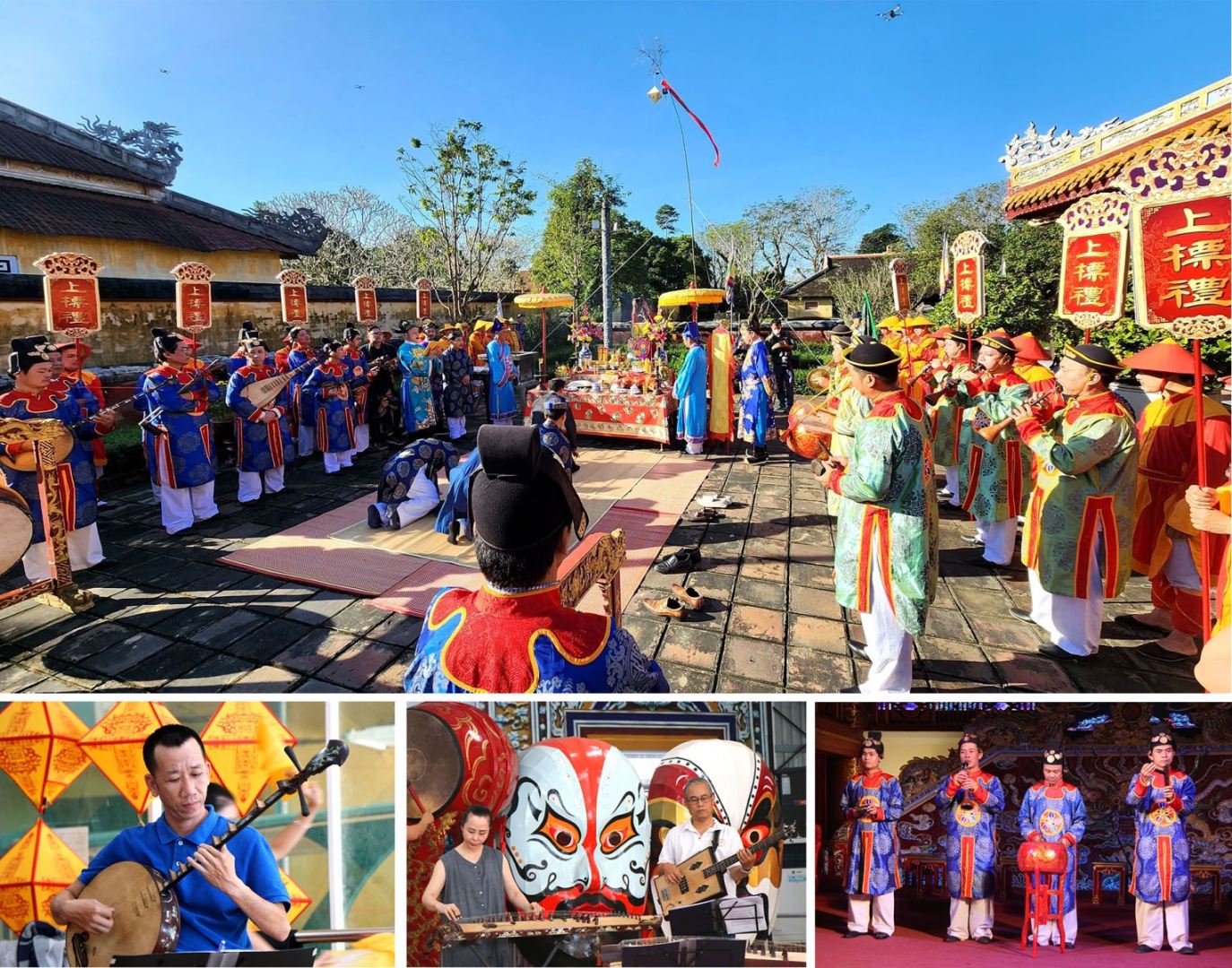
The young generation of artists at the Theatre of Hue Traditional and Royal Art continue to preserve this form of music as part of local cultural festivals and religious ceremonies, while also taking it on tours around the world. (Photo: VNA)
According to director of the theatre People’s Artist Phan Bach Hac, the establishment is storing numerous records and collections serving the restoration of court music compositions. Many of these pieces have been meticulously recreated.
Since 2004, the nearly-200-year-old Duyet Thi Duong Theatre was restored by the Hue Monuments Conservation Centre within the grounds of the Hue Imperial Citadel, offering a stable place for artists, musicians, and performers of the Theatre of Hue Traditional and Royal Art to stage Nha Nhac performances serving tourists. To this day, the stage remains a top choice for visitors when they come to the ancient Royal City of Hue./.
Q.Hoa t.h / VNA

